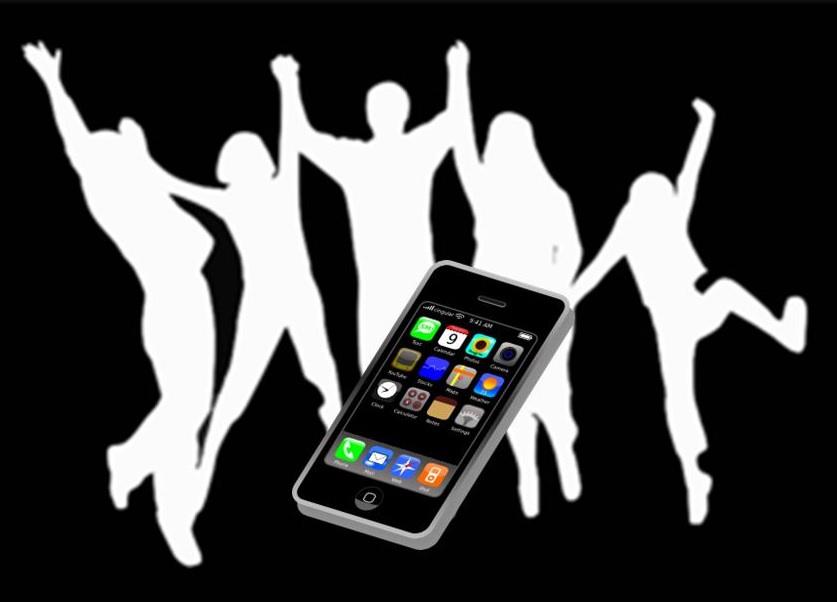Some people in the industry are still not entirely convinced about the benefits that it brings.
According to an analyst from Forrester Research, even though social media marketing has been around for almost a decade, many marketers are still questioning its benefits and there are still more who feel that their campaigns are failing than succeeding.
The analyst, Nate Elliott, published this statement in his most recent report, at a time when the channel has never been bigger.
This has caused many to ask questions regarding what is making social media marketing so difficult to use in a successful way. There were many different responses that were provided in the Forrester study, ranging from budget to return on investment and a number of other areas. It is clear that there are many different means by which to decide whether or not a campaign has been successful, and a standard has not yet been created.
Social media marketing has a number of challenges that are making marketers feel uncertain.
 Within the Forrester study, participants were asked to identify their top three challenges when it came to social media marketing. The answer provided a number of different areas, including the following:
Within the Forrester study, participants were asked to identify their top three challenges when it came to social media marketing. The answer provided a number of different areas, including the following:
• ROI (38 percent)
• Measurement (35 percent)
• Lack of internal resources, such as workers (34 percent)
• Lack of budget (25 percent)
• Integrating social media marketing with other channels (24 percent)
• Lack of time (23 percent)
The social media marketing industry doesn’t typically enjoy focusing on the struggles that businesses and brands are continuing to experience in its use. However, at the same time, the challenges are not suggesting that the channel is not worthwhile. Instead, it merely indicates that the channel is not a magical cure for all advertising and promotion issues that have been seen in other areas. It has reached a time in which it is being recognized as a useful, but not perfect way to connect with consumers, as is the case with virtually every other mature marketing channel. Furthermore, it still remains very unique from any other method of reaching consumers, which means that there is still a learning curve for applying it properly.
A recent analysis has shown that different groups of people prefer different applications.
Onavo Insights has just released some of the results from a data analysis that it conducted on the use of mobile commerce and payments apps, which has helped to show how some of these digital products are doing, and who uses them the most.
There are already hundreds of millions of smartphones owned by Americans, but only a small percentage are used for mobile commerce.
Even fewer are used for payments. Mobile commerce is still primarily used for price comparisons as opposed to actually using the apps to purchase products or pay for goods while in store. This, despite massive efforts from industry giants that range from Google to PayPal, as well as telecom joint ventures like Isis.
As hard as these companies have been trying, mobile commerce and payments have yet to take off as seen in other nations.
 According to the app usage data collected by Onavo Insights, from several million Android and iOS users, there are certain trends that are forming. The company published some of those findings in a report that has indicated that mobile commerce and payments apps and their platforms have been growing in the United States over the last twelve months, despite the fact that other countries – particularly in Asia – are seeing much larger growth levels.
According to the app usage data collected by Onavo Insights, from several million Android and iOS users, there are certain trends that are forming. The company published some of those findings in a report that has indicated that mobile commerce and payments apps and their platforms have been growing in the United States over the last twelve months, despite the fact that other countries – particularly in Asia – are seeing much larger growth levels.
Although the company does not claim that this provides a complete image of the mobile commerce situation in the country, it does help to provide a sense of how the apps are being used across the United States.
Among the notable findings about the mobile commerce apps includes the following:
• Starbucks is by far the clear leader when it comes to mobile commerce apps as it is used the most out of any payments app but it is also used for the free download of songs and apps, to locate shop locations and to view the menus at those cafes.
• As slow as the uptake may have been in the U.S., it is happening and millions of dollars in transactions are being completed through mobile payments apps. That said, among the estimated $500 million in transactions over mobile commerce apps last year in the United States, the “vast majority” occurred by way of the Starbucks offerings. This according to Berg Insights data.
• Venmo is starting to show a strong growth even though it remains a small product, as this mobile commerce app’s young audience doubled its use in June. Its primary use is in a much younger crowd, which is different from Starbucks and PayPal where the average age is 25 to 34.
• Men use mobile payments more as a whole, but the mobile commerce app at Starbucks was an exception, where women made up 54 percent of users. The lowest percentage of females was at Square Wallet, at 21 percent.
 Within the Forrester study, participants were asked to identify their top three challenges when it came to social media marketing. The answer provided a number of different areas, including the following:
Within the Forrester study, participants were asked to identify their top three challenges when it came to social media marketing. The answer provided a number of different areas, including the following:
 According to the app usage data collected by Onavo Insights, from several million Android and iOS users, there are certain trends that are forming. The company published some of those findings in a report that has indicated that mobile commerce and payments apps and their platforms have been growing in the United States over the last twelve months, despite the fact that other countries – particularly in Asia – are seeing much larger growth levels.
According to the app usage data collected by Onavo Insights, from several million Android and iOS users, there are certain trends that are forming. The company published some of those findings in a report that has indicated that mobile commerce and payments apps and their platforms have been growing in the United States over the last twelve months, despite the fact that other countries – particularly in Asia – are seeing much larger growth levels.